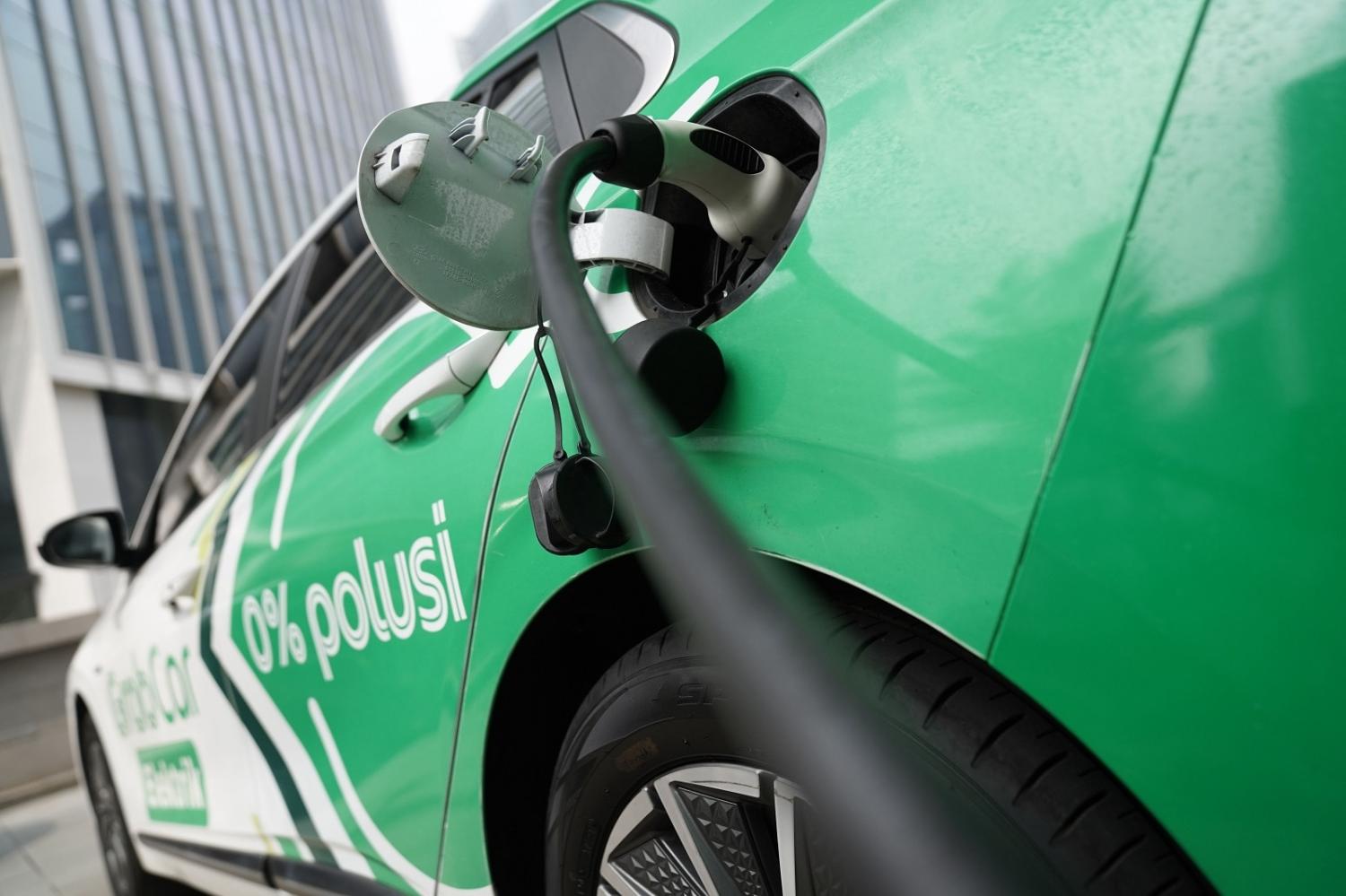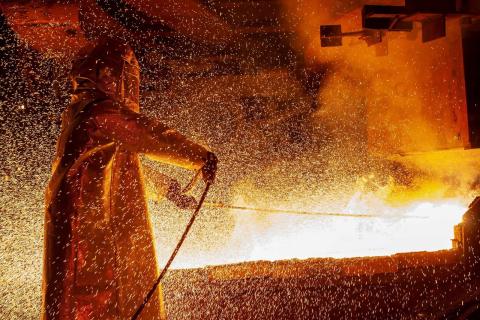Indonesia currently has the most significant nickel deposit in the world, putting it in a prime position to build advanced industries such as renewable energy, in which rare earths are vital to production. The climate emergency has brought momentum and put additional pressure on the global supply chain for green technology, with the result that rare earth and clean technology development is increasingly considered a national security matter. Indonesia must start building its industrial capacity to tackle such challenges.
Despite its popularity, the economics of the battery industry are not that favourable. The rate of innovation in the field lags behind that of the processor and transistor industries. Competitiveness is primarily determined by capital and cost of production. China has been an example of this. While Indonesia has a low cost of production, it lacks capital resources. Developing the downstream industry, which uses nickel and lithium as raw materials, will be vital for Indonesia to thrive in the domain. The country must look at developing advanced industries such as electric vehicles, where innovation is highly regarded. Tesla’s success, for example, is not based on its supply of nickel but on its proprietary motor and computer software technology.
Indonesia currently does not have an automotive industry and relies heavily on Japanese manufacturers. If Indonesia decides to develop its electric vehicle capabilities, it will face challenges as an infant industry. It can, however, take cues from South Korea, which has opted for import substitution policies, favouring domestic production by requiring local content in goods. South Korea also imposes import restrictions, controls over foreign equity participation in Korean firms, consolidation of companies, and export orientation measures.

Most South Korean measures are now restricted under World Trade Organisation agreements and various bilateral investment treaties. In particular, the local content requirement is effectively prohibited under the WTO Trade-Related Investment Measures agreement. Indonesia learned about this the hard way. In the 1990s, the government of Indonesia required the automotive industry to incorporate local content in line with the country’s import substitution program. To support this, the government gave Timor Putra National (TPN) group a “pioneer” national car status, which enabled them to receive an exemption on tariffs and taxes. TPN was the sole beneficiary of the program, which triggered a strong reaction from its direct competitor, the Japanese automotive industry. As a result, Indonesia revoked its national car scheme after losing a WTO case with Japan, and ultimately the program collapsed.
Innovation is vital in developing Indonesia’s downstream industry for nickel, helping it sustain growth and competitiveness while addressing sustainability and environmental concerns. Innovation, in this case, includes developing new refining processes, advanced alloys and battery technologies. Nickel is an essential element of nickel-metal hydride (NiMH) batteries, commonly used in hybrid vehicles. The government of Indonesia provides incentives for the production of hybrid and electric vehicles and the production and importation of batteries and other components used in those cars. A minimum of 35 per cent local content for hybrid cars, and 40 per cent for electric vehicles is required to qualify for the tax incentives. These criteria are intended to develop industrial capacity and create jobs in the sector. Yet they are controversial and may contravene provisions in certain free trade agreements, such as the Indonesia–Japan Economic Partnership Agreement.
The requirements may also discourage partnerships between Indonesian and foreign investors in the sector, which are vital for the transfer of technology and expertise to the domestic industry. However, by partnering with established international companies, local firms can access the market opportunities that will help them compete in the global hybrid and electric vehicle industry.
The Indonesian government may also consider alternatives such as research and development subsidies for the electric and hybrid vehicle industry. An example of such a project is the US government-backed development of a high-energy-density lithium-ion battery for electric vehicles by the Advanced Research Projects Agency-Energy (ARPA-E). Another option is to consider giving carbon credits for hybrid and electric vehicle production in Indonesia. Carbon credits can incentivise investment in these new technologies by allowing companies to buy and sell carbon credits to those that need to offset their emissions. China's electric vehicle credit program is an example of carbon credit trading for electric vehicles. Under the program, automakers can earn credits for producing and selling electric cars based on the vehicle's driving range, energy efficiency and other factors. Automakers can also use the credits to offset their greenhouse gas emissions or sell the credits to other companies that need to offset their emissions. The program has helped China become the world’s largest market for electric vehicles.

